Welcome to the vibrant heart of Tucson, Arizona! If you’ve ever asked yourself, “What is the Miracle Mile in Tucson, Arizona?”, you’re in the right place. Miracle Mile is more than just a stretch of road; it’s a bustling corridor that encapsulates the spirit and history of this unique desert city. Historically, this iconic route served as the main gateway for travelers heading into Tucson, offering a first glimpse of the city’s charm and hospitality.
Over the years, Miracle Mile has undergone significant transformations, evolving from a simple travel route to a thriving hub of cultural and commercial activities. Today, it’s renowned for its eclectic mix of historic landmarks, vibrant businesses, and community events that highlight the rich tapestry of Tucson’s heritage.
Whether you’re a history buff, a foodie, or someone looking for a unique travel experience, Miracle Mile has something to offer. From charming mid-century motels, which tell tales of a bygone era, to contemporary eateries and shops that reflect the city’s dynamic growth, this area is a microcosm of Tucson’s evolution.
Ready to dive deeper into the magic of Miracle Mile? Visit our website to learn more and get started today! Click here.
Historical Significance of Miracle Mile
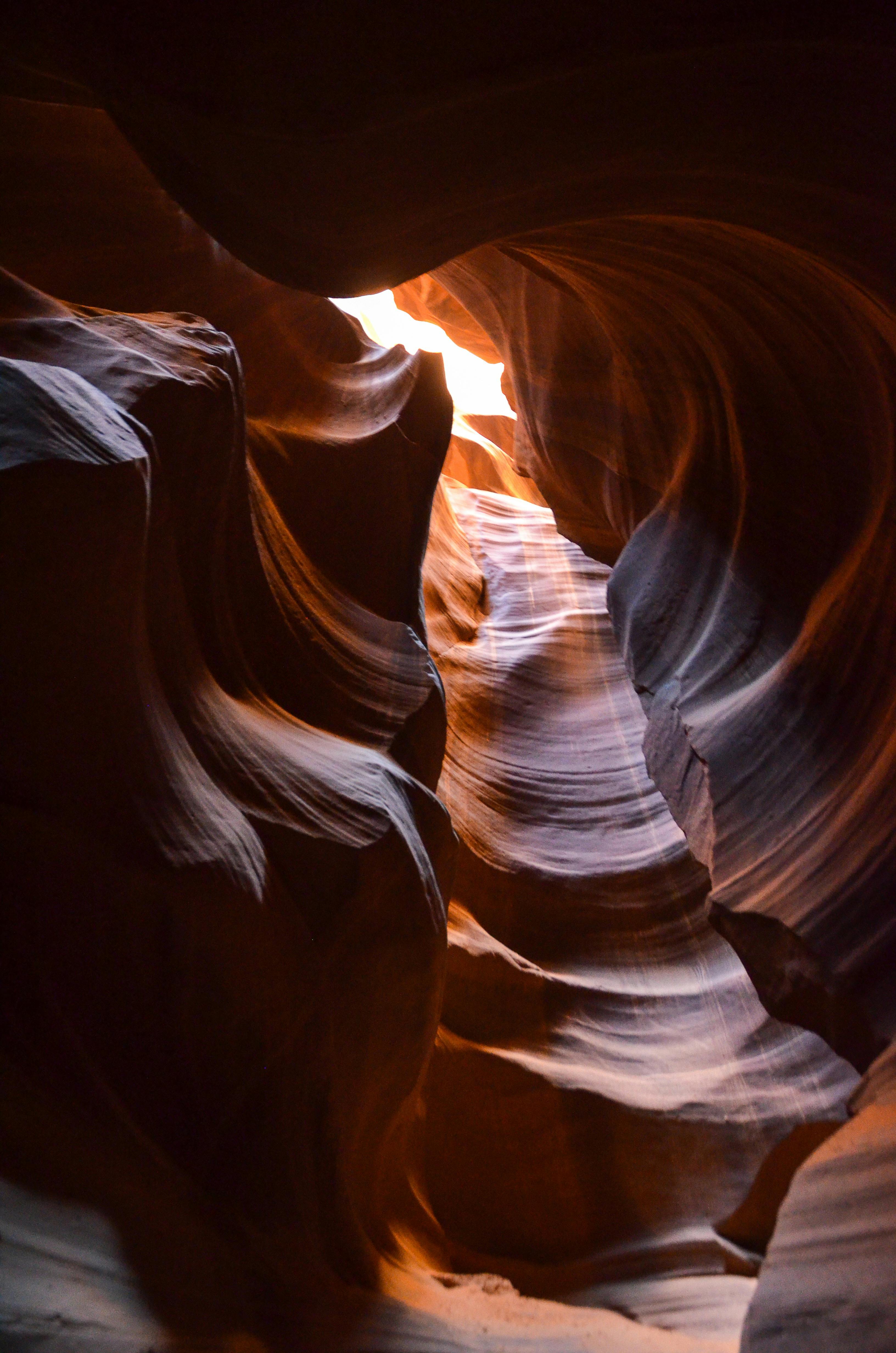
The historical significance of Miracle Mile in Tucson is deeply rooted in its role as a major gateway to the city. Established in the early 20th century, this iconic stretch was originally part of the main highway network, welcoming travelers from all across the country. Its development was closely tied to the rise of automobile travel, which revolutionized how people moved and explored the United States.
During the 1930s and 1940s, Miracle Mile became known for its distinctive roadside architecture. The area was dotted with motels, diners, and service stations, each boasting unique designs that attracted weary travelers. These establishments were not just places to rest and refuel; they were landmarks that offered a glimpse into the vibrant local culture.
One of the most notable historical aspects of Miracle Mile is its collection of vintage neon signs. These glowing symbols of a bygone era still light up the night, serving as a nostalgic reminder of the mid-century American road trip experience. Many of these signs have been preserved and restored, adding to the area’s charm and historical value.
Over the decades, Miracle Mile has witnessed significant changes, including urban development and shifts in transportation trends. However, its historical essence remains intact, making it a cherished part of Tucson’s heritage. The preservation efforts by local communities and historians ensure that the stories and memories associated with Miracle Mile continue to be celebrated and shared with future generations.
Key Attractions on Miracle Mile
Miracle Mile in Tucson is home to a variety of key attractions that draw visitors eager to experience its unique blend of history and modernity. One of the standout landmarks is the Ghost Ranch Lodge, a historic motel dating back to the 1940s. Renowned for its charming adobe-style architecture and beautifully landscaped gardens, the Ghost Ranch Lodge offers a nostalgic glimpse into Tucson’s past.
Another must-visit attraction is the Neon Pueblo. This collection of restored neon signs is a visual feast that captures the essence of mid-20th century Americana. Walking through the Neon Pueblo feels like stepping back in time, with each sign telling a story of the businesses and people that once thrived along Miracle Mile.
For those interested in Tucson’s cultural heritage, the Tucson Historical Society offers guided tours that delve into the rich history of the area. These tours provide fascinating insights into the architectural styles, historical events, and notable figures that have shaped Miracle Mile over the years.
Food enthusiasts will find delight in the variety of dining options available. From classic diners serving up hearty American fare to modern eateries offering diverse culinary experiences, there’s something to satisfy every palate. Highlights include the Pat’s Drive-In, known for its legendary chili dogs, and the Egg Connection, a beloved local breakfast spot.
In addition to historical and cultural attractions, Miracle Mile also boasts a vibrant arts scene. Local galleries and studios showcase works by Tucson’s talented artists, providing a platform for creativity and community engagement. Whether you’re a history buff, a foodie, or an art lover, Miracle Mile has something special to offer.
Transformation Over the Years
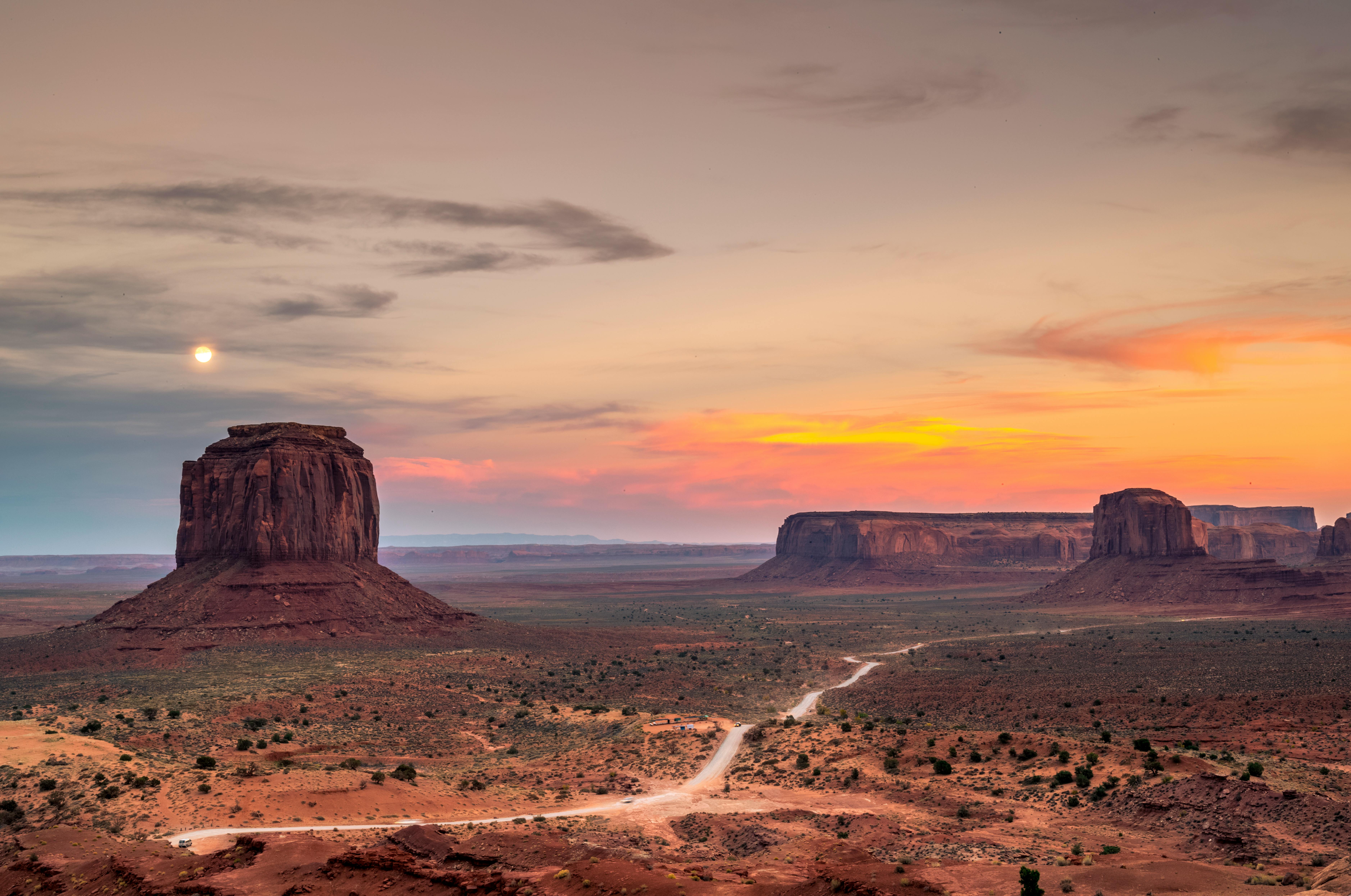
The evolution of Miracle Mile in Tucson is a tale of transformation that reflects the broader changes within the city itself. Originally developed in the 1930s, Miracle Mile was designed as a gateway to the city, welcoming travelers with its array of motels, restaurants, and vibrant neon signs. This stretch of road quickly became a bustling hub of activity, flourishing as a key commercial corridor during the mid-20th century.
However, the rise of the interstate highway system in the 1960s led to a decline in Miracle Mile’s prominence. As traffic patterns shifted, many businesses along this iconic route faced challenges, resulting in a period of economic downturn and neglect. The once-glowing neon signs dimmed, and the area’s vibrancy seemed to fade.
In recent years, a concerted effort to revitalize Miracle Mile has breathed new life into this historic district. Restoration projects have focused on preserving its unique architectural heritage while introducing modern amenities to attract both locals and tourists. The City of Tucson, alongside community organizations, has played a pivotal role in this rejuvenation, investing in infrastructure improvements, beautification projects, and promotional initiatives.
One significant transformation has been the restoration of the iconic neon signs, which now illuminate the night once more, serving as beacons of the district’s rich history. Additionally, the adaptive reuse of historic buildings has created spaces for art galleries, boutique shops, and trendy cafes, infusing the area with a renewed sense of purpose and energy.
The transformation of Miracle Mile is a testament to the enduring spirit of Tucson, showcasing how a community can come together to preserve its past while paving the way for a vibrant future. This blend of old and new makes Miracle Mile a fascinating destination for visitors and a cherished part of Tucson’s cultural landscape.
Cultural Impact on Tucson

Miracle Mile is more than just a historic roadway; it is a cultural landmark that has significantly impacted Tucson’s identity. This iconic stretch has played a pivotal role in shaping the social and cultural fabric of the city, serving as a backdrop to countless stories and memories.
In its heyday, Miracle Mile was a bustling center for entertainment and social gatherings. The motels, diners, and theaters that lined the street became popular meeting places for locals and travelers alike. These establishments were not just places to eat or sleep; they were community hubs where people connected, celebrated, and experienced the vibrancy of Tucson’s mid-century culture.
The area also holds a deep connection to Tucson’s Route 66 heritage. Although not officially part of the historic Route 66, Miracle Mile was part of the original alignment of U.S. Route 80, which was a major east-west highway before the construction of the Interstate system. This connection adds a layer of historic significance, linking Tucson to the broader American road travel culture.
In recent years, efforts to preserve and revitalize Miracle Mile have underscored its cultural importance. The restoration of neon signs and historic buildings has not only beautified the area but also reignited a sense of pride and nostalgia among Tucson residents. These efforts have highlighted the importance of maintaining the city’s unique character amidst modern development pressures.
Miracle Mile’s cultural impact is also evident in the thriving arts scene that has emerged in the area. Galleries, murals, and public art installations have transformed the district into a vibrant canvas, celebrating both its past and its evolving present. This artistic revival has attracted a diverse crowd, fostering a sense of community and inclusivity.
The enduring legacy of Miracle Mile serves as a reminder of Tucson’s rich history and cultural diversity. It is a living testament to the city’s ability to honor its past while embracing the future, making it a cherished landmark for both residents and visitors.
Visiting Miracle Mile Today

Today, Miracle Mile stands as a vibrant testament to Tucson’s rich history and cultural evolution. A visit to this iconic stretch offers a unique blend of the past and present, making it a must-see destination for both locals and tourists.
Start your journey by exploring the restored neon signs that illuminate the night sky, each telling a story of the businesses and people that once thrived here. These glowing landmarks not only provide a nostalgic glimpse into the mid-20th century but also create a picturesque setting for evening strolls and photo opportunities.
For history enthusiasts, a walk along Miracle Mile is like stepping back in time. The preservation of historic buildings and motels, such as the Tucson Inn and the Ghost Ranch Lodge, offers a window into the architectural styles and lifestyles of a bygone era. Many of these establishments have been repurposed into modern businesses, seamlessly blending old-world charm with contemporary amenities.
Culinary delights await at the various diners and eateries along Miracle Mile. From classic American diners serving hearty breakfasts to trendy cafes offering gourmet coffee and pastries, there is something to satisfy every palate. These dining spots often serve as community gathering places, where you can enjoy a meal while soaking in the local atmosphere.
Art lovers will be delighted by the array of murals and public art installations that adorn the area. These pieces celebrate Tucson’s cultural diversity and vibrant arts scene, adding a splash of color and creativity to your visit. Be sure to take your time to appreciate these artworks, each contributing to the unique character of Miracle Mile.
As you explore, you will find that Miracle Mile is not just a place to visit but a community to experience. The friendly locals, the rich history, and the ongoing efforts to preserve and revitalize the area make it a truly special destination. Whether you’re a longtime resident or a first-time visitor, Miracle Mile offers an unforgettable journey through Tucson’s past and present.
Ready to explore Miracle Mile? Visit our website to learn more and get started today! Click here.


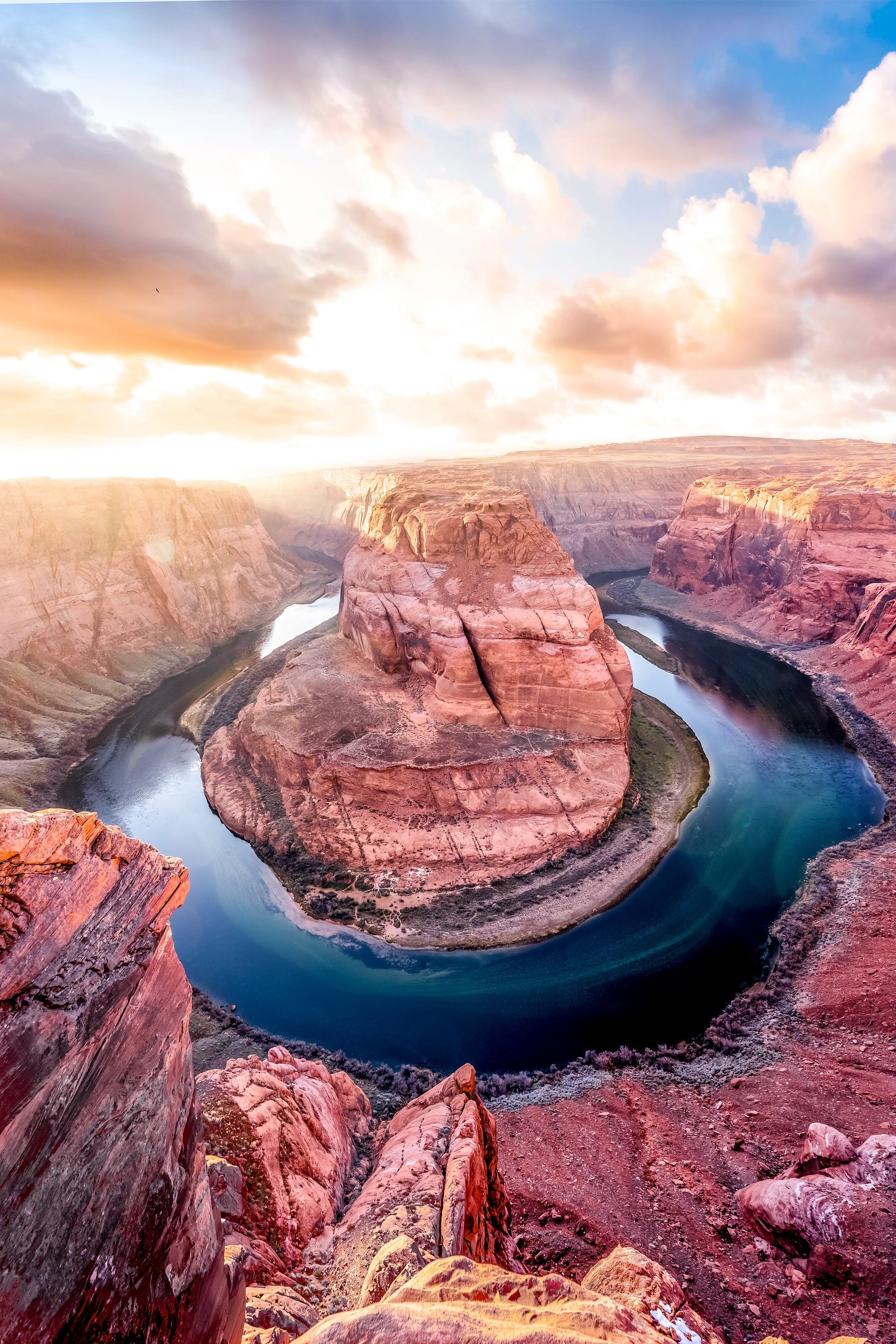
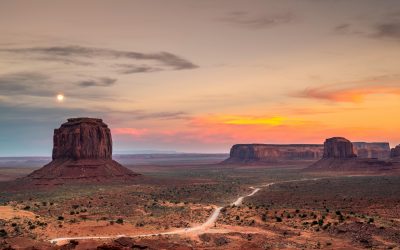

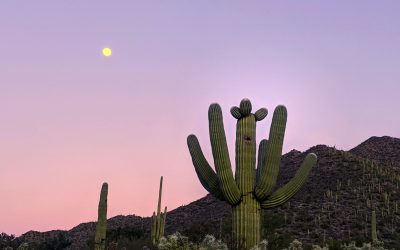
0 Comments